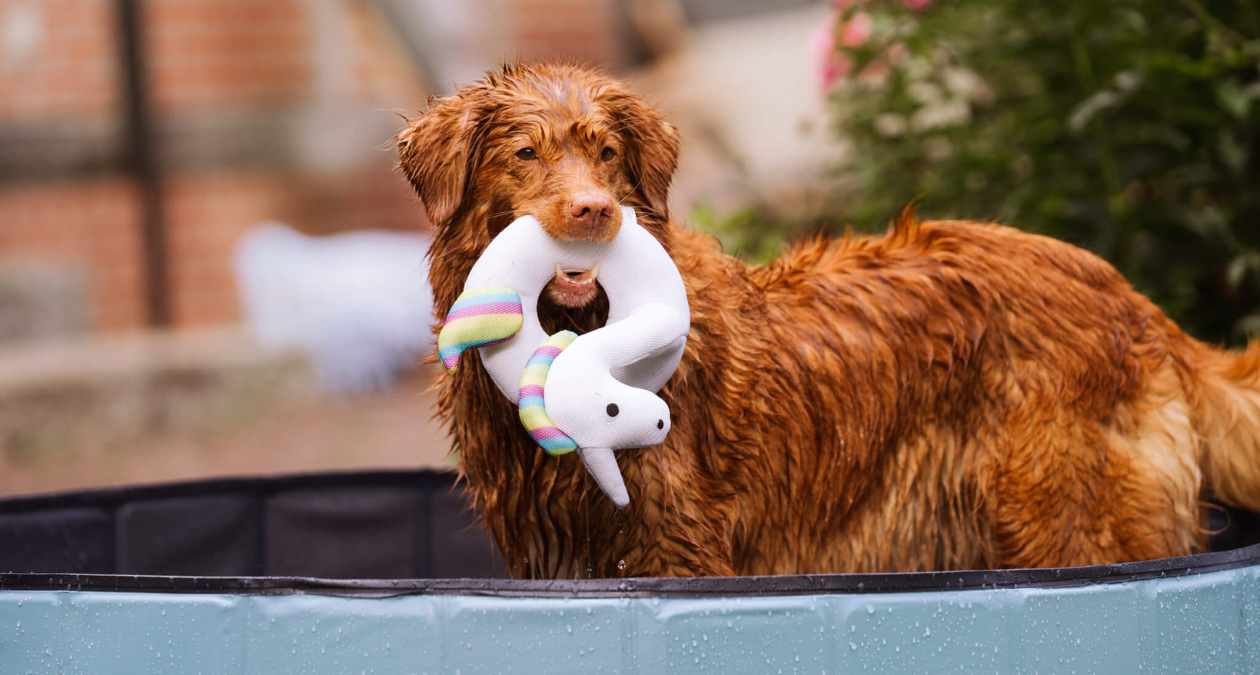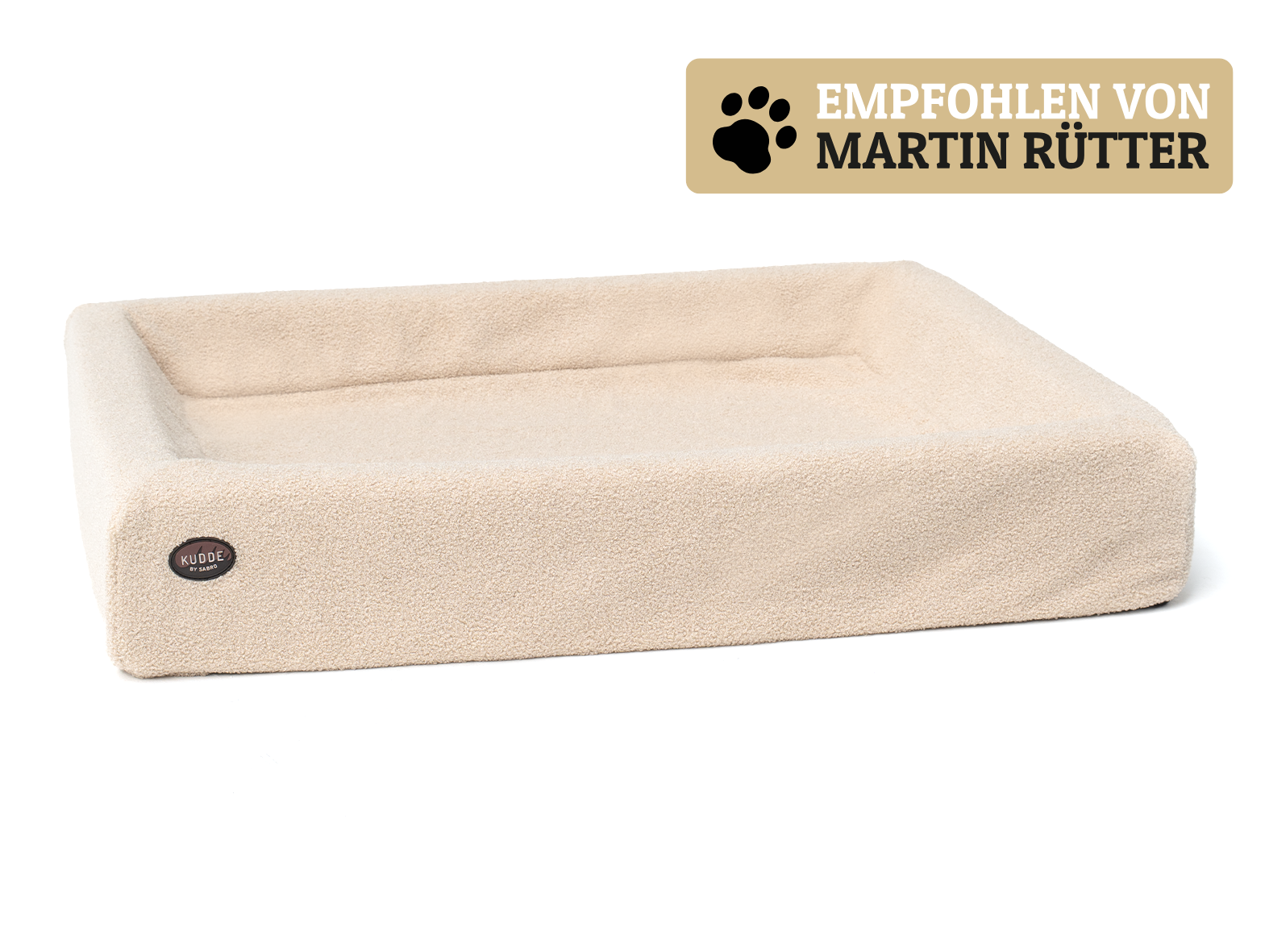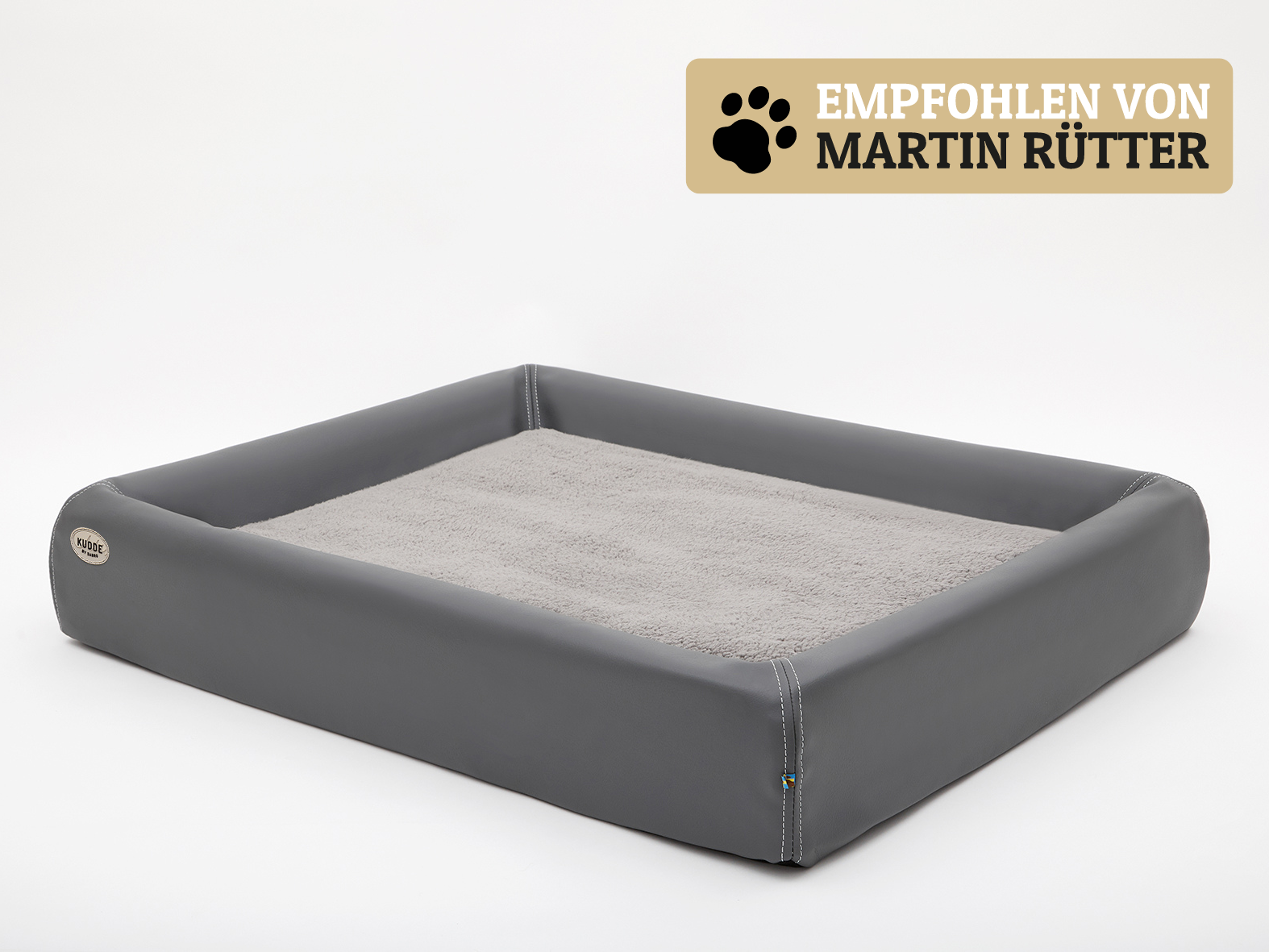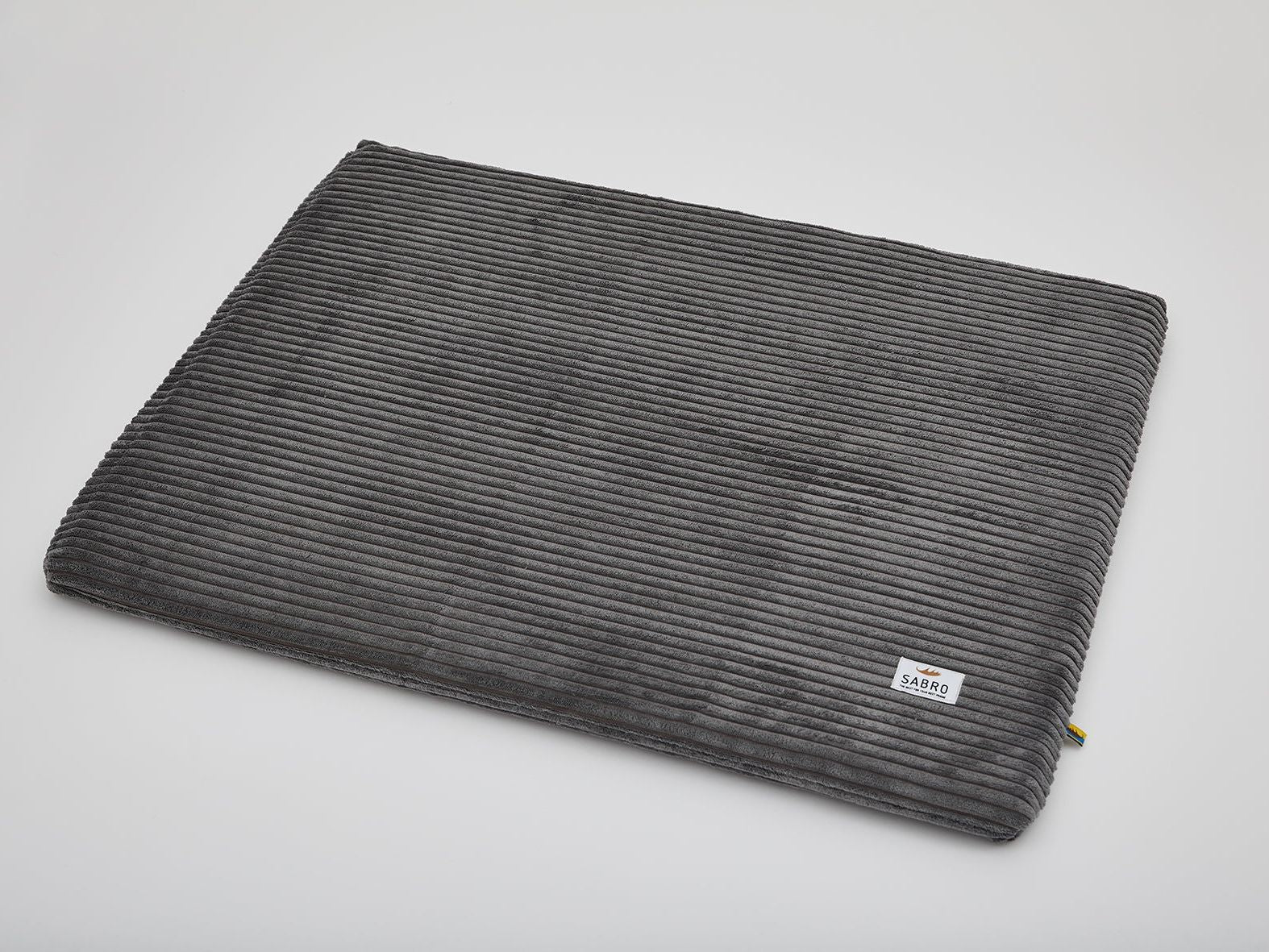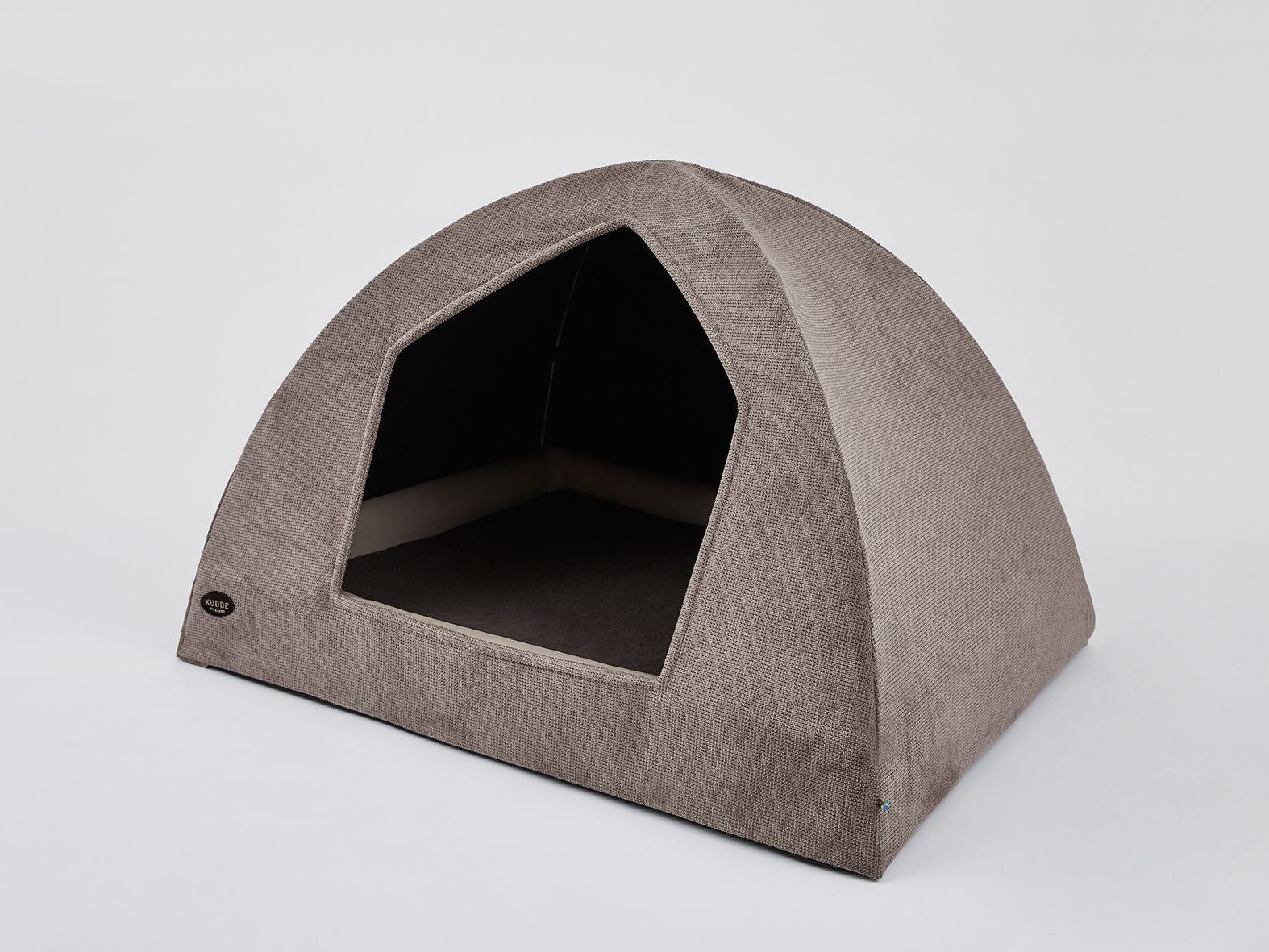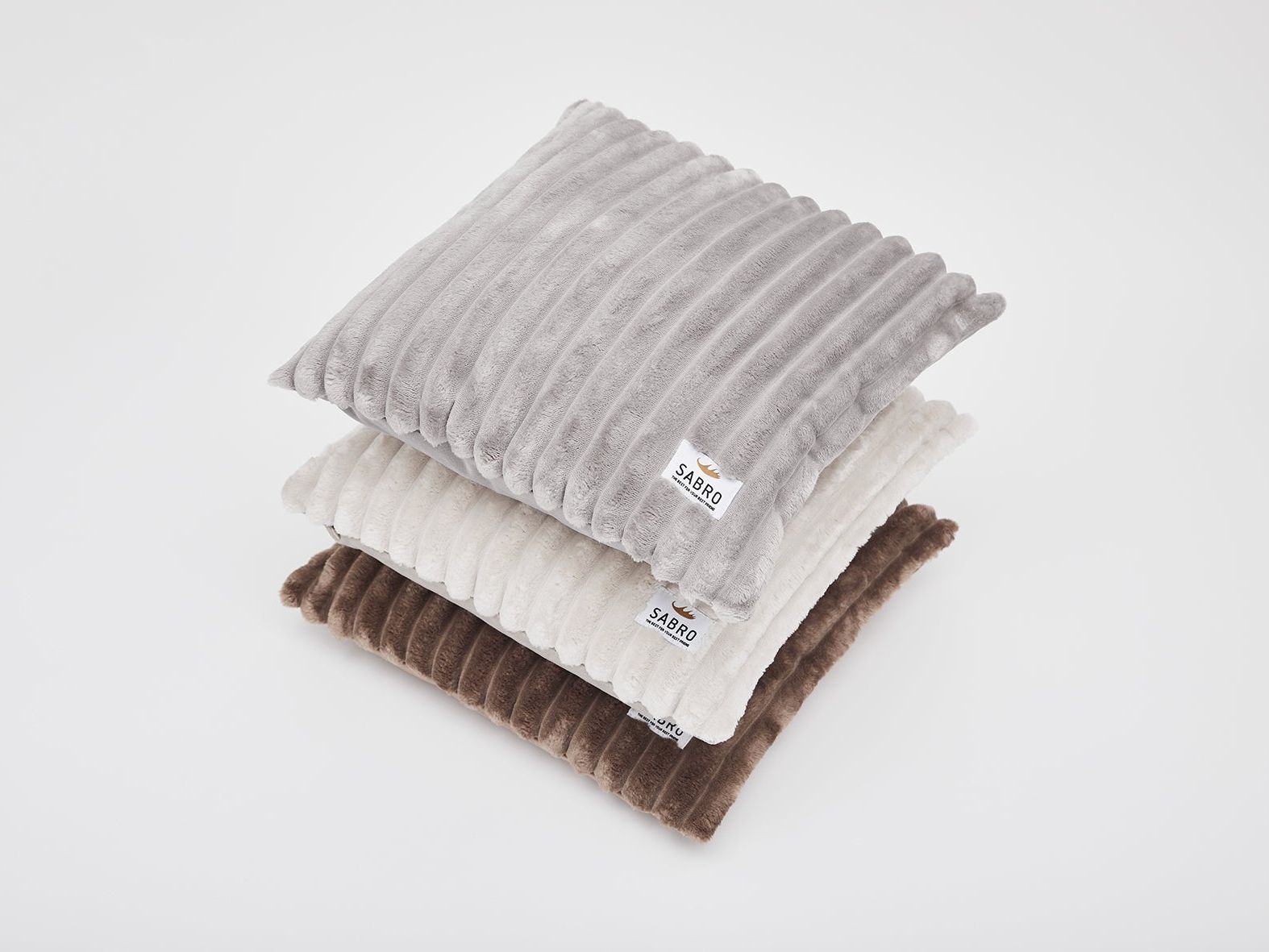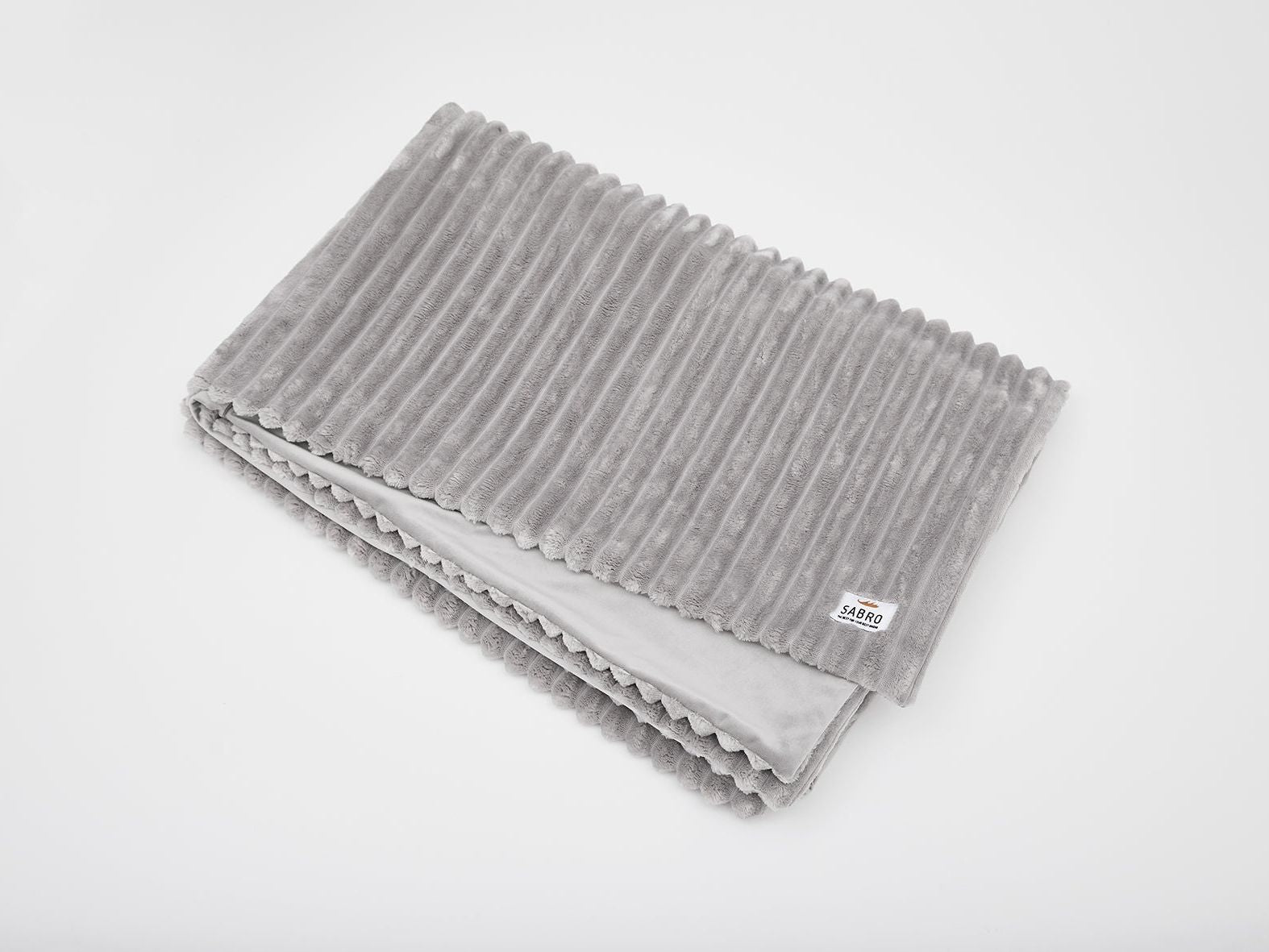Summer vacation with a dog. There are a few things to bear in mind, such as protecting your dog from hot sand or asphalt to avoid unpleasant burns on his paws. However, even more dangers can lurk in the water. So be sure to follow our tips on dogs and swimming. First of all: swimming is good for your dog, as it exercises his muscles and joints and the cool water provides a welcome cool-down and lots of fun in summer.
Can all dogs swim?
In principle, dogs can learn to swim or instinctively stay afloat just like humans. Sometimes you have to take away your dog's fear of the water, but if he doesn't want to go in, please don't force him to. A ball that (accidentally) lands in the nearby water while playing has proven to be a good way of getting your dog used to it. Or you can go into the cool water together with your four-legged friend. However, make sure that your dog is not overheated from playing beforehand or from the strong sun, as the rapid cooling can then affect his circulation. You can find important tips for dogs in the heat and how to recognize and react to heatstroke in our article "Our top tips for dogs in the heat".
The same applies to a full stomach: your dog should not go swimming immediately after eating. Also make sure that your dog doesn't swim for too long, as it is very tiring for him. You can usually tell when he's had enough by the fact that he slows down or seems to be straining in some way. As dogs tend to overestimate themselves and never know the end, you should then get them out of the water.
Attention! There are also dogs that should not swim:
- Dogs suffering from fever, an infection, wounds, inflammation or heart disease
- Puppies under half a year old
- Dogs with a heavy body and relatively short paws, such as basset hounds
- Dogs with a very flat muzzle (e.g. pugs, bulldogs, etc.)
Remember: never leave your dog unattended in the water and find out beforehand whether his breed should or can swim at all.
Take a close look at the water your dog wants to swim in beforehand
You can often tell if the water in a lake is cloudy by taking a closer look: are there dead animals floating on the surface or does the water look oily? If so, avoid this body of water. It is probably a stagnant body of water. The danger: other animals leave urine in it, and if they are infected, your dog can also become infected. Or the water may be poisoned in some way, which can also harm your dog. The same applies to blue-green algae, to which many dogs are allergic and which can lead to diarrhea or skin complaints.
Remember: avoid stagnant water or bodies of water in which you would not swim voluntarily. You should also pay attention to warnings about strong currents.
What you need to bear in mind when your dog swims in the pool
When splashing around or swimming in the pool, it is even more important that you are present and supervise your dog. Also make sure that you change the water regularly so that there are no bacteria in it. Do not use cleaning tabs or chlorine tabs or similar against bacteria (see section on chlorinated water below), as these add chemicals to the water.
Rule of thumb: fill the pool with fresh water in the morning and empty it again in the evening. Also make sure that the bottom of the pool is non-slip so that your dog can move around easily and that the material is suitable for dogs and will not be damaged by scratching etc. during normal use. Ideally, you should use a special dog pool instead of a typical children's paddling pool. These are available in several sizes, including for your dog.
Make sure your dog doesn't swallow too much water
Dogs can swallow a lot of water when playing and swimming. In the worst case scenario, this can lead to hyperhydration, also known as water intoxication. This upsets your four-legged friend's electrolyte balance. The result: even more thirst. A vicious circle. The increased water intake reduces the amount of sodium in the body, which causes the kidneys to stop working and store the fluid in the body and no longer release urine to maintain the salt requirement. In the worst case scenario, this can lead to cardiac arrhythmia or pulmonary edema. This applies to water from lakes and oceans as well as pools, water sprinklers and other sources.
Remember: make sure that your dog does not overdrink to avoid water intoxication.
Dogs in salt water or chlorinated water - what are the dangers?
The water in the Baltic Sea, North Sea, Mediterranean and many other popular vacation destinations contains salt. This salt water is usually not a problem for your dog during short swimming sessions. However, if he is more sensitive, the contact can irritate his eye mucosa. Dogs that swallow large amounts of salt water while swimming usually react by vomiting.
The same applies to chlorinated water in outdoor pools or swimming pools. In some cities, there is a special bathing day for vaccinated dogs at the end of the outdoor pool season, where no chlorine is added to the water. If your dog accidentally bathes in chlorinated water and swallows the water including the chemical, this often causes diarrhea.
Remember: supervise your dog in salt water and do not let him swim or take in water for too long. Chlorinated water should be taboo.
Water rod: what it is and how you can avoid or treat it
First of all: water rod is a little-researched disease that occurs in some, mostly untrained dogs, usually after intensive swimming in cold water. It manifests itself in a paralysis of the tail due to overexertion, i.e. your dog can no longer move its tail as usual and has severe tail pain. The tail stands up a little at the base and then hangs down limply, making it difficult for the dog to sit down or do its business due to the pain.
If you recognize these signs, you should always go to your vet. They will usually prescribe your dog pain-relieving and anti-inflammatory medication that will help relatively quickly. You can usually also promote healing by applying heat to the root area of the tail. There are also animal physiotherapists who know suitable techniques. Once a water rod has healed, there are usually no consequences.
Remember: make sure your dog doesn't overexert itself when swimming.
How to groom your dog after swimming and bathing
If your dog is soaking wet anyway, you can also treat him to a suitable coat care after swimming. Be sure to use a moisturizing dog shampoo for this, as this ensures that the protective, natural oil film on your dog's skin can be renewed. Before shampooing, you should brush the coat again to remove any foreign bodies and to free the coat from tangles and matting. After washing off the moisturizing dog shampoo again, dry your dog thoroughly and leave it to dry completely under its blanket or in a warm place.
What experiences have you had with your dog when swimming? Do you have any special tips about dogs and water? We look forward to your comment.

